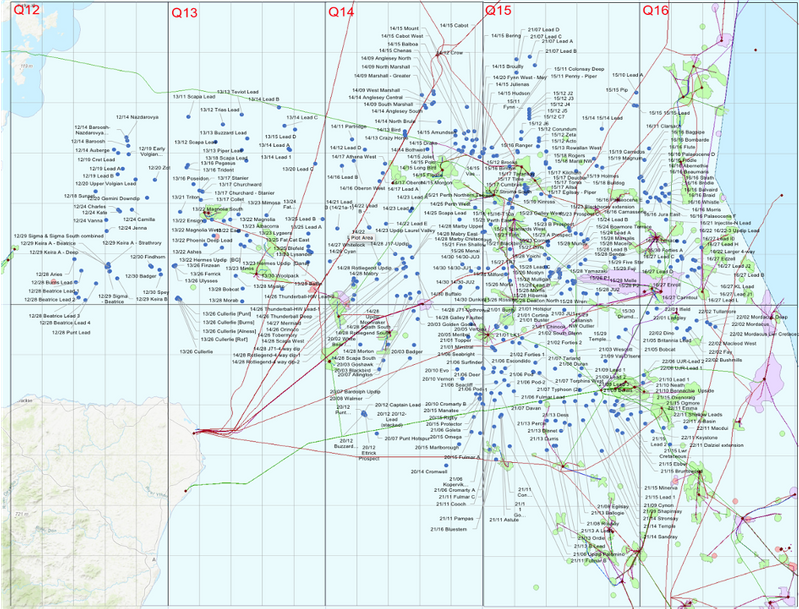
Succeeding with marginal developments was a central topic to an entire afternoon session and yesterday’s Subsea Expo event in Aberdeen.
Led by the Oil and Gas Authority (OGA), it was a session with some genuinely new ideas and open minds on show. But are we missing opportunities to do more with what we have already got sitting in the cupboard, rather than always building new?
Over the last two years, I’ve worked with the licensees in the Outer Moray Firth to understand the ‘size of the prize’ and to start to help them build an Area Plan to ‘maximize economic recovery’.
We now have a deep and shared understanding of the discoveries, prospects and leads in the basin, along with the existing fields and infrastructure.
This exercise has increased the unsanctioned discoveries to 1.2 billion barrels of oil equivalent (BOE) in just short of 100 accumulations.
That’s impressive. While a number of these are now happily moving forward to development, there will still be just under 1.0 billion BOE ‘on the shelf’. That’s not good enough. Is it because we are still approaching the problem from the same asset/licensee centered position?
With this background, as we went through the session yesterday, a number of questions came up that I had to ask:
How innovative can we be commercially? Could the supply chain come forward with an ‘area plan’ to drive action through the OGA? In effect, does it always have to be the Licensees who lead? If the supply chain sat down with the North Sea’s data, could it come up with its own set of solutions that it proposes to OGA? The data is available, so that’s not a barrier. What is stopping us from taking hold of our destiny? A consortium led by Amplus is having a go at this, why not others?
(The article continues below the map)

Small pools ‘scrap heap challenge’
To steal from the popular TV show, given all the bits of the puzzle everyone has ‘in stock’ how much could be developed?
Again, this is a pivot of the usual paradigm where the licensees say, we have this, how would you design a solution.
This is a case of let’s pool everyone’s insurance spares and the like, put some development packs together and see what we can shake out to develop without any manufacturing lead time involved?
Could we have a real-world hackathon, where people bring listings of their unused stuff, pull packages together and look across the North Sea to see where it could pose a solution?
As part of the work with the Outer Moray Firth licensees, 1st Subsurface has developed a set of tools to do hub analysis across the entirety of the North Sea, in a way that enables it to feed development strategies and answers those unconventional questions – If I had a 30km length of 10in pipe – where would I put it to get maximum value?
Pivoting a business is not just for tech companies. Taking the data set and changing your angle of attack applies just as much in oil and gas as it does in FinTech.
These are questions I will be taking to the Outer Moray Firth Special Interest Group’s one-day conference on 2 March in Aberdeen. Anyone else wants to look at the problems differently?
Bio
Paul Lindop has 35+ years’ upstream experience, working for a wide range of companies, from drill floor to board room. He now splits his time between oil and gas and technology projects, with a focus on solutions that add value. He has an MSc in Petroleum Engineering from Imperial College London and a BEng in Chemical Engineering from the University of Bradford.